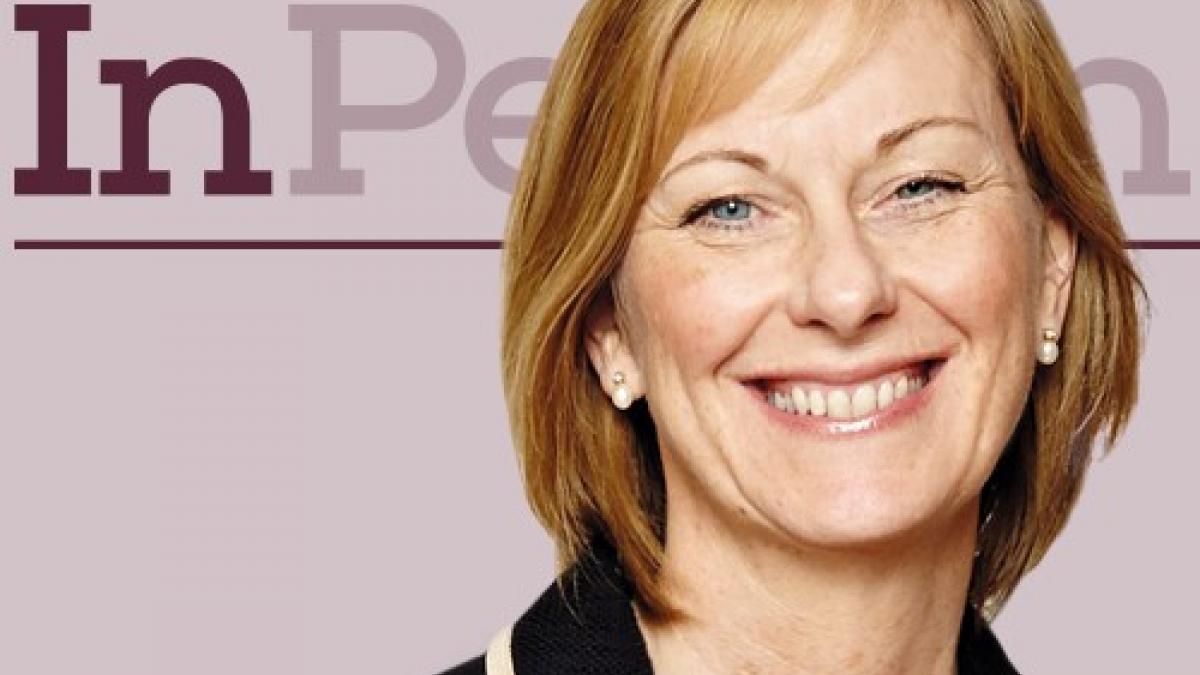Chief executive Karen Middleton on why stories are a powerful way to influence others.

Think of the last conference you attended and the speaker who inspired you most. Just reflect for a moment about what they said or did that inspired you.
I bet they told you a story of some sort. And I bet it contained a personal component.
I was once told: ‘It isn’t what someone says, or what they do, but it is how they made you feel that you remember.’ I think this is a lesson that really good speakers have learned – they make you feel differently about something. And that usually happens when a connection is made between them and you. Connections are often made through stories.
I recently experienced this at a CSP Council meeting. Members were about to discuss and decide on some final parts of the jigsaw following the review of governance at the CSP. It was going to be tough – as one person described it: ‘This is like turkeys voting for Christmas.’ Before the discussion began, every Council member and all the vice presidents were asked to stand up and say what their ambition was for the outcome of the governance review.
Hopes for the profession
It was an extremely powerful 40 minutes – about 30 members standing up and explaining what this meant to them; what their hopes were for the future of the profession; the issues that Council needed to take note of; the legacy they wanted to leave; the personal sacrifice they were willing to make and why this mattered.
I was really moved by what I heard. Their stories made me want to give of my very best when implementing Council’s decisions. We will revisit this at the next meeting in June and will have more information about what they decide after that.
I am sure many of you have used the impact of a story when trying to influence those with the power and money to buy your service. I often talk about the value of using data and information that will appeal to someone’s rational side, but there is nothing like a story to engage the emotions.
I often remark that the more emotive your approach is, the better. But what is key is that the story is authentic, because you will tell it better when it’s real. If you can connect with the person you are trying to influence through your story, the more likely you are to have the desired impact. And if a person or patient is involved, give them a name!
Another time I have found storytelling useful is during a time of change. It helps when I am trying to connect with people on a level that expresses my understanding of their hopes and fears. But it also takes them with me on the change process to the vision I have painted.
For me, storytelling – or the business narrative – and leadership are closely aligned; they are both performing arts and they need practice. When they go well, and are used correctly, they are extremely powerful and can move people to do things they never thought possible.
I have used storytelling in various ways in my leadership journey and am constantly trying to improve. I have used stories to motivate others to act; to build trust in who I am; to build trust in the organisation I work for, in this case the CSP, when I am out with members.
Expressing values
I’ve also used it to express my values; to get things done collaboratively; to help people to learn or for me to transmit knowledge. And I have used storytelling to neutralise gossip and rumours and to lead people into the future.
So alongside your work to capture activity and outcomes using data and information, I suggest it’s also important to develop your storytelling skills so that you connect with those you are trying to influence.
One of the best people I have seen and heard who does this well is Bill Clinton – you only have to watch his speech at the recent funeral of Martin McGuinness to see what I mean.
Karen Middleton Chief Executive Officer CSP
Number of subscribers: 2




































